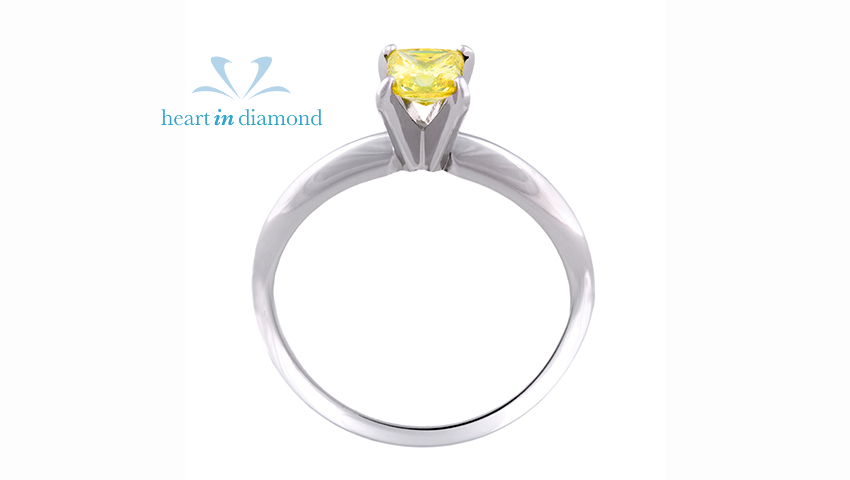

How Do Diamonds Get Their Colors? You may be surprised to know that diamonds have color due to their chemical impurities. Whereas the purest diamonds, ones made of solely carbon, are entirely transparent, the color of a non-transparent diamond is determined by which elements have laced themselves between the diamond’s carbon atoms. However, while entirely clear diamonds are the technically considered the rarest and most pure, there is always a demand ...

What are the Different Diamond Cuts? The most popular diamond cuts are: round, brilliant, princess, square and emerald. It's important to know that not all diamonds can be cut into any cut. There are a great number of otner different types of diamond cuts, there a few very specific types are used most often by jewelers on account of special properties like functionality, brightness, reflectiveness and perceived size. Below are three of the most common ...

How Precious is My Diamond? Less than 20% of all diamonds mined are considered gem-quality. This means that as rare as diamonds are, only a portion are presented. Additionally, only 2% of all gem-quality diamonds are entirely flawless. It is easy to tell just from the way it glimmers that a diamond is one of the most precious substances known to man. However, many people do not understand exactly why a diamond is such a valued thing.This means that if y...

Where Do Diamonds Come From? Canada and Russia are two countries that are leaders in diamond production, due to the discovery of diamond sources within their borders. Additionally, Australia now produces the most diamonds in terms of mass out of any country. Many people think of the ancient diamond trade of central and southern Asia, or of 19th and 20th century diamond mines in the countries of Africa. However, in recent years, a number of new– and so...

What is the Process of Cutting Diamonds? Diamond cutting gives diamonds its different shapes and numbers of surfaces, and this gives it its glimmer. When a diamond is first found near the surface of the earth, it generally does not look much like what we imagine a diamond looks like. In fact, most diamonds found are not even suitable for use as jewelry, either because they are so small, or because they are full of impurities. Those diamonds that do happ...

What are Some Diamonds Found Unexpectedly? The most notable diamonds ever found unexpectedly are: the Uncle Sam Diamond and the Eureka Diamond. One day in 1866, a 15 year old shepherd boy named Erasmus Stephanus Jacobs made one of the most important diamond discoveries in the entire history of South Africa, but he didn’t know how valuable it was at first! Erasmus discovered a strange looking pebble on the banks of the Orange River, and brought it h...

What are Some Amazing Diamond Facts? Here are some amazing facts about the most magnificent and precious stone on earth: the diamond: The name “diamond” is derived from the greek word “adamas”, meaning indestructible and perennial. Eighty percent of the world’s diamonds are not even suitable for jewelry. Ancient Greeks believed that diamonds were fragments of stars that had fallen to earth. Diamonds are the single hardest natural subst...

What’s the History of Diamond Rushes? At 800BC the first diamond was found in India, in 1313 the first diamonds were cut and polished in Venice, Italy, in 1550 Antwerp becomes the diamond cutting and polishing center of the world, in 1870 diamond fields are discovered in South-Africa, in 1947 De Beers further popularized diamonds by coining the phrase "diamond are forever". The rushes began with the feverish migration of adventurers and fortune-seek...

What is the Golconda Diamond Mine? The Golconda diamond mine is located in India, it features one of the most important diamond mines in all of Asia. The legend of the Golconda mine is that Al Hafed was the owner of a large estate in Golconda, and lived a very happy life– until he heard about the existence of diamonds! Obsessed with the idea of such beautiful stones, Al sold his property and spent the rest of his life wandering the earth, penniles...